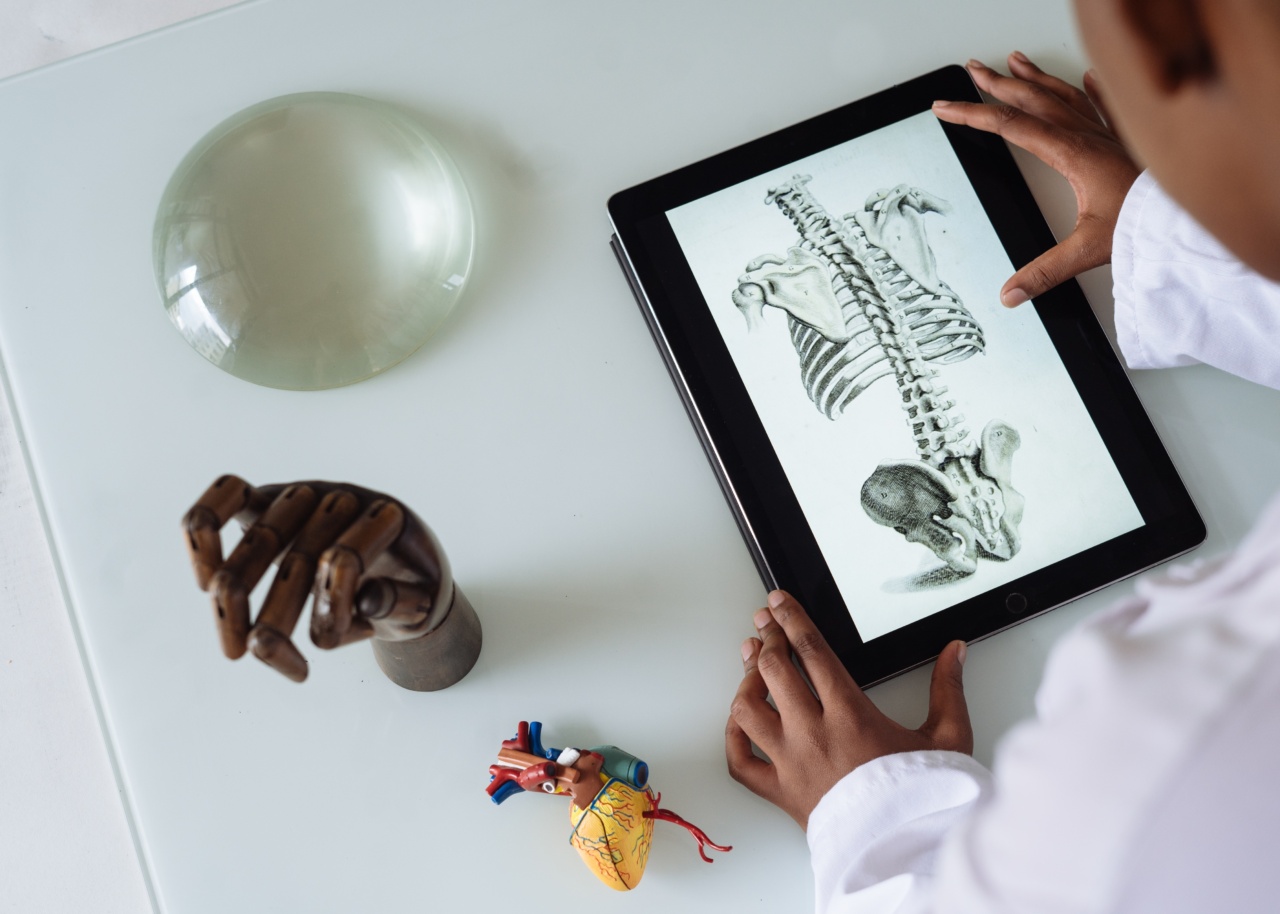The human throat is an essential part of our respiratory and digestive systems. It is where the air we breathe and the food we eat pass through.
The shape and size of the throat and the various structures within it are unique to each individual, and differences between genders are also apparent.
What is the Adam’s Apple?
The Adam’s apple is a visible protrusion in the throat of adult males. It is located in the front of the neck and is formed by the thyroid cartilage, which protects the larynx, or voice box.
When we speak, the larynx moves, and the Adam’s apple moves along with it, making the vocal cords vibrate and producing sound. The size of the Adam’s apple varies between individuals and is more prominent in males than in females.
The Absence of Adam’s Apple in Women
Contrary to popular belief, women do have thyroid cartilage, but it is not as bulky as in men, and there is less prominent Adam’s apple.
In women, the larynx is positioned slightly higher in the throat, and the vocal cords are also shorter, resulting in a higher-pitched voice.
During puberty, the hormonal changes in the male body cause the vocal cords and larynx to grow larger, making the voice deeper and the Adam’s apple more prominent.
Women’s voices also change during puberty, but the changes are less noticeable than in men.
The Anatomy of Women’s Throats
The human throat is composed of various structures that work in harmony to allow us to breathe, swallow, and speak. The following are some of the essential structures within the throat:.
The Pharynx
The pharynx is the upper part of the throat that connects the nose and mouth to the esophagus and larynx. It acts as a passageway for air, food, and liquid.
The pharynx is lined with muscles and mucus glands that help to move everything we swallow down to the esophagus.
The Larynx
The larynx, also known as the “voice box,” is a complex structure that is responsible for producing sound. It contains the vocal cords, which vibrate when we speak, producing sound waves that resonate in the throat and out through the mouth.
The larynx is supported by a framework of cartilage, including the thyroid, cricoid, and arytenoid cartilages.
The Esophagus
The esophagus is a muscular tube that connects the throat to the stomach. It is responsible for transporting food and liquid from the throat to the stomach.
The muscles in the esophagus contract in a wave-like motion, called peristalsis, to move the contents down to the stomach.
The Epiglottis
The epiglottis is a flap of tissue located at the base of the tongue that prevents food and liquid from entering the windpipe during swallowing.
It closes off the entrance to the trachea, or the windpipe, which leads to the lungs, directing food and liquid to the esophagus instead.
The Hyoid Bone
The hyoid bone is a U-shaped bone situated at the base of the tongue. It serves as an attachment for several muscles, including those used for swallowing and speaking.
The Vocal Cords
The vocal cords are two folds of tissue located in the larynx. They vibrate when air passes between them, producing the sounds of speech. The size and shape of the vocal cords influence the pitch and tone of our voice.
The Significance of the Adam’s Apple
The Adam’s apple is more than just a visible protrusion in the throat; it has cultural and social implications. It is often associated with masculinity and strength and is used as a means of differentiation between the sexes.
In some cultures, a visible Adam’s apple is considered a desirable trait in men, while in others, it is seen as a feminine characteristic, and men may take steps to minimize its appearance.
While the presence or absence of the Adam’s apple is not an indicator of a person’s gender identity, it has become synonymous with masculine characteristics in popular culture and may contribute to gender dysphoria in some individuals.
Conclusion
The human throat is a complex and vital part of our anatomy. The absence of the Adam’s apple in women is due to the differences in the size and positioning of the larynx and vocal cords.
Understanding the anatomy of the throat and its various structures is crucial for maintaining good respiratory and digestive health.






























